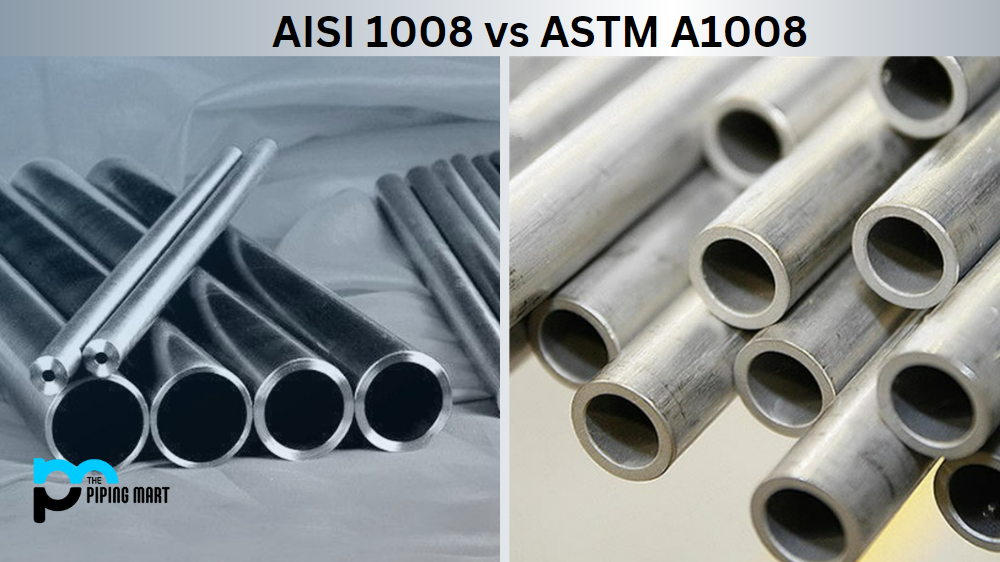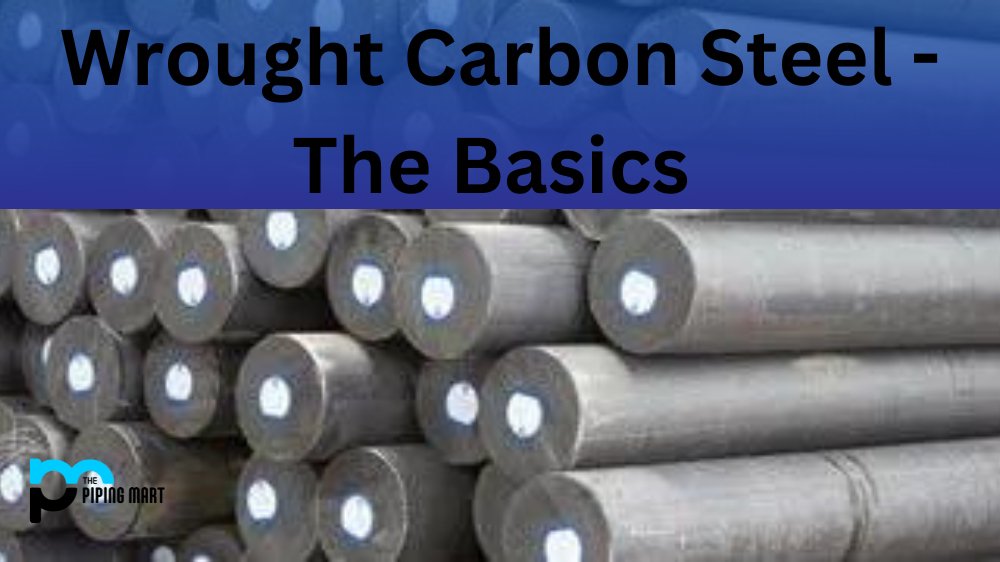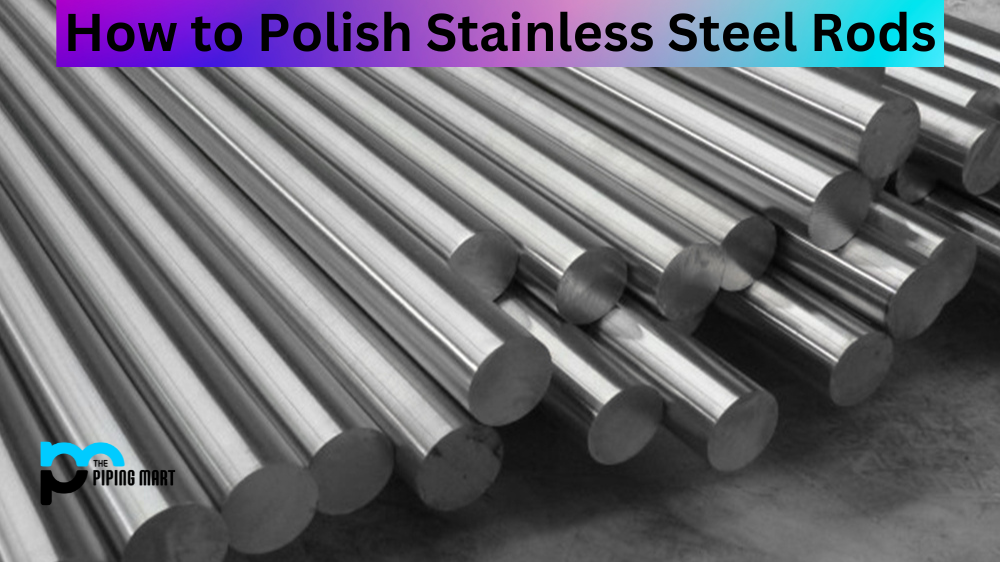AISI 1008 and ASTM A1008 are widely used in the manufacturing industry, but there often needs to be more clarity about the differences between the two. Both materials are used for various applications, such as cold-rolled steel sheet metal, home appliances, and automobile parts, but their differences separate them. This blog will deeply understand the differences between AISI 1008 and ASTM A1008.
Difference Between AISI 1008 and ASTM A1008
Chemical Composition
AISI 1008 is a carbon steel alloy with a maximum carbon content of 0.10%, while ASTM A1008 is a low-carbon steel type with a full carbon content of 0.15%. They also differ in chemical composition, as AISI 1008 uses manganese as a stabilizing agent, while ASTM A1008 uses silicon as the primary stabilizing element. This difference in chemical composition gives each material unique properties and characteristics.
Physical Properties
Both AISI 1008 and ASTM A1008 have excellent formability and weldability. However, AISI 1008 is known for having higher tensile strength and hardness, making it ideal for applications that require high strength, such as automotive parts. On the other hand, ASTM A1008 has less tensile strength but is more ductile and malleable, making it more suitable for deep drawing applications.
Applications
AISI 1008 mainly manufactures wire ropes, welding electrodes, and automotive parts due to its high strength and hardness properties. Meanwhile, ASTM A1008 is commonly used to make home appliances, furniture, and other consumer products due to its superior formability and malleability.
Surface Finish
AISI 1008 and ASTM A1008 can be produced with various surface finishes, including polished, coated, and textured. However, they differ regarding the surface finish’s quality and durability. AISI 1008 is produced with a better surface finish quality and is less rust-prone, making it the preferred material for outdoor applications. Meanwhile, ASTM A1008 may require additional coating or finishing to improve its surface finish and protect against corrosion.
Cost
The cost of both AISI 1008 and ASTM A1008 will vary depending on several factors, such as the thickness, size, and quantity needed. However, AISI 1008 generally costs more than ASTM A1008 due to its higher strength and hardness properties.
Conclusion
Choosing the suitable material for a specific application is crucial for optimal product performance and cost-effectiveness. While AISI 1008 and ASTM A1008 have some similarities, they have differences that can make them suitable for specific applications. Understanding their differences in chemical composition, physical properties, surface finish, applications, and cost can help you decide which material is the right choice for your project.
Rachana is a dedicated and ambitious young woman who has made a name for herself in the metal industry. From her earliest days in the industry, Rachana showed a natural talent for problem-solving and a keen eye for detail. In her free time, She enjoys reading up on the latest advancements in the industry, as well as exploring new ways to innovate and improve upon existing processes.




